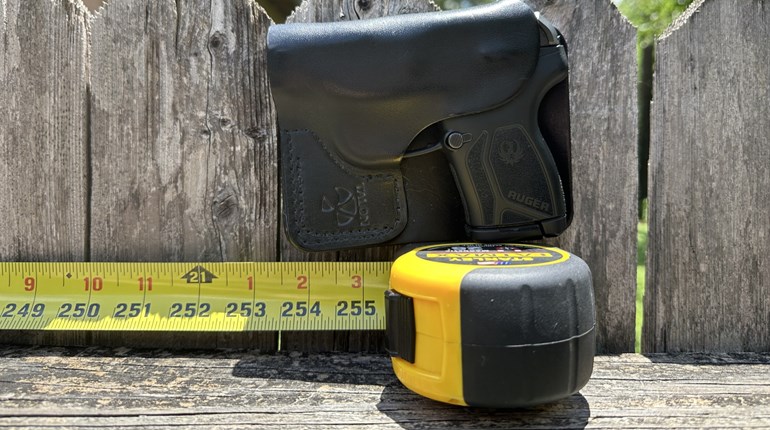
The Problem
You’re not new to shooting and have been to a number of classes in an effort to improve your marksmanship overall and your proficiency with a handgun, in competition and self-defense, in particular. There seems to be a common theme among instructors teaching the classes that you have yet to fully understand. There is emphasis given to firing a shot with each one coming as a surprise to the shooter, particularly when focusing on accuracy. It seems to you if the gun goes off as a surprise each time, it may not be where you want it to be on the target every time you shoot, which is the same spot. You know you must be missing something, but you really have never gotten a satisfactory answer that explains why every shot has to be a surprise.
The Solution
Shooters, due to their innate response to unexpected loud noises, as well as objects moving in close proximity to the eyes, automatically move involuntarily in a protective manner when stimulated by such actions. I use the phrase “self-preservation response” to describe this phenomenon.
Simply put, when most people are taught to shoot, they are given too much information to retain: stance, arm position, grip, sight alignment, sight picture and trigger manipulation at a minimum. There are just too many things to concentrate on at one time for the cognitive (conscious) mind to comprehend. This doesn’t allow for the shooter to fully realize what the gun sounds like when fired in their hands and to recognize the extent of movement of the gun toward the face and eyes at the moment of firing.
Very quickly, the shooter develops a feel for when the gun is going to discharge and starts developing a habit of taking preemptive action just prior to ignition of the shot. In many circles this is called anticipation, and it describes an involuntary (subconscious) movement of the gun off the target just prior to the bullet exiting the muzzle, resulting in a shot hitting somewhere other than where it’s intended.
A method was designed many years ago to combat involuntary muzzle movement in relation to the target, due to the shooter’s anticipation of the shot. It was referred to as shooting each shot as a surprise.
While this may work for a short period of time, it ignores that the human mind is quite adaptable and capable of recognizing the physical conditions just prior to the shot release— thereby making the shot no longer a surprise to the subconscious mind. The situation is compounded by an ongoing battle between the conscious and the subconscious brain as to when to expect the gun to fire. Almost always the subconscious wins the battle, and anticipation continues to be a problem.
Experienced shooters can and will break that habit over time, in most cases, as they eventually keep their eyes open at the moment of discharge and can see the gun lift off the target. Eventually they become familiar with the sound of the gun directly in front of them.
A second reason for the surprise shot comes from the shooter’s visual perception of the sight alignment and sight picture. For many shooters, as pressure is being applied to the trigger, the apparent movement of the gun on the target increases with the increasing pressure. This makes the shooter anxious to release the shot, and they jerk the trigger the instant they think the sights are positioned correctly. This adds unwanted movement to the muzzle before the bullet exits and results in poor shot placement. The theory of the surprise shot is to fire a shot without adding movement to the muzzle by accepting the natural movement of the sights on the target, and being patient enough to let the constant rearward trigger pressure fire the shot when the sear releases the hammer.
Experienced shooters have most likely overcome anticipating the effects of the gun discharging and have gotten past the stage of jerking the trigger to time the shot’s placement on target, so the concept of a surprise shot becomes less beneficial.
Good trainers teach sound- and recoil-inoculation drills to new and deficient shooters that fix both of these problems. They allow the shooter to isolate their attention to the noise and movement during recoil, which lessens or eliminates the gun’s tendency to shift when firing. We don’t use surprise-shot theory, but do not criticize those who do. If it works when you need it to work, it can’t be wrong.






































